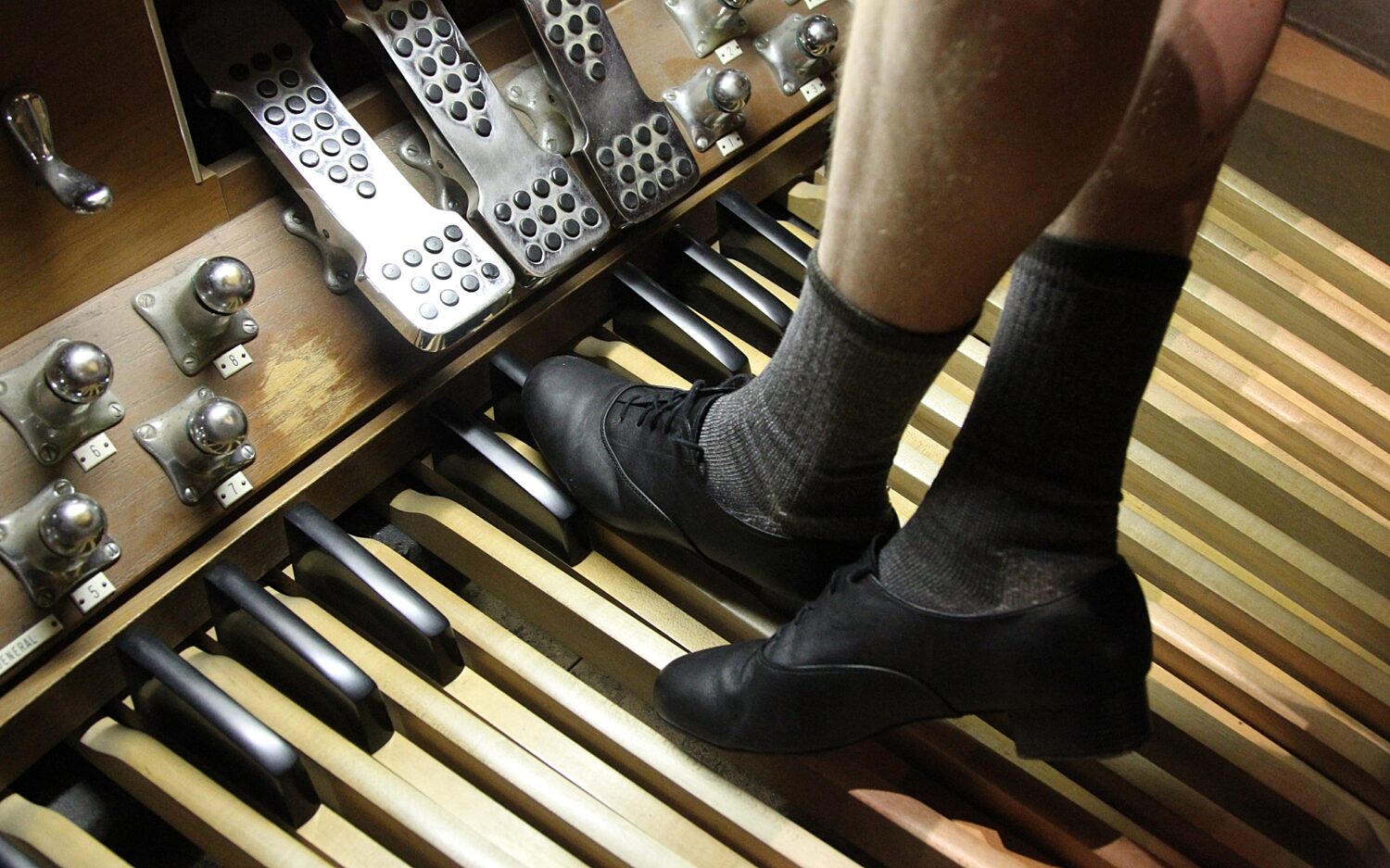Stephen Warner is another technician working on the flooded organs in Michigan. He also does regular organ maintenance. Each year, Mr. Warner spends the weeks before Easter and Christmas helping churches get their organs in tune. “The pitch of organ pipes can change with the temperature,” he explains.
Have you ever seen and heard a pipe organ in action? Huge pipes bellow out powerful sounds. “The pipes themselves are singing,” says Mr. Warner. “You have a sense of majesty. The sound of the organ seems like it came from a long time ago, and it’s going to be here after we’re gone. It can go from an absolute roar to a whisper—and everything in between.”
That seems like a fitting instrument to praise God with, don’t you think? God was here before us. He will be here after us. He is endlessly glorious!
Before the mountains were brought forth, or ever you had formed the Earth and the world, from everlasting to everlasting you are God. — Psalm 90:2
Pipe Organs 101
Just how DO pipe organs work?
Pipe organs are large and complex. Their creators design them specifically for the buildings they will be played in. Most organ parts are hidden. Did you know organs have thousands of pipes? A behind-the-scenes forest of pipes can be found in a room-sized organ part called the organ case. Each can produce only one note. Small pipes play high notes. Large pipes play low notes. Some pipes sound like flutes. Others sound like trumpets. Some pipes are wooden. Some are metal. These materials affect the sound produced.
How do you play this massive machine? Your hands play the keyboards. An organ keyboard looks like the one on a piano. But large organs have up to five keyboards (called manuals). When you push a key, a valve opens. That lets air into the pipe, making a sound.
Your feet play the pedals, which do not act like pedals on a piano at all. Piano pedals change the sounds of the notes you’re playing with your hands. Organ pedals are just another set of keys for the feet to play.
That seems like plenty for an organist to think about! But an organist also needs to remember to control the stops. “Stops” are knobs beside the keyboards. They turn sets of pipes on and off. Does the organist want to play soft or loud sounds? Flutelike sounds or brassy sounds? The organist uses the stops to choose between many instrument voices.
It’s no wonder the composer Amadeus Mozart called the organ the king of instruments. Playing an organ is something like playing an entire orchestra!



















